Spratly Islands
The most disputed archipelago in the world.
If one were to combine all 750 atolls, reefs, rocks, and islets that constitute the Spratly Islands into one landmass, it would barely make up two square miles.
Scattered across over 150,000 square miles of ocean, these islands might seem insignificant. By a twist of geography and international politics, however, they have managed to be a matter of dispute between no less than six countries.
For various reasons, China, Taiwan, the Philippines, Vietnam, Malaysia (and to a lesser extent, Brunei) have all deemed these scattered islands important enough to lay claim to them. Some have gone as far as to establish a military presence on them, and even attempt colonization of them. All for a set widely flung sandy strips in the middle of the ocean. But why?
The Spratly Islands are situated roughly in the middle of the South China Sea, halfway between the Philippines and Vietnam. This geographical position placed them squarely on the ideological fault line during the Cold War. Today, they are little better off, as their position puts them uncomfortably close to some of the world’s busiest waterways, including trade routes connecting East Asia with India, the Middle East and Europe, and through which China, Japan, and Korea get 80 percent of their much-needed oil supply. What’s more, according to preliminary surveys, the Spratlys themselves lie above vast reserves of oil and natural gas.
Both the Chinese and Taiwanese governments (PRC and ROC) as well as Vietnam base their claim on historical records, dubious medieval charts, and the sporadic presence of fishermen. The Filipino claim is based on much more recent history, the actions of Tomas Cloma. Cloma was a Filipino adventurer and fishing magnate who, in 1947, tried to claim some of the atolls for a personal micronation, the short-lived and perhaps somewhat redundantly named “Free Territory of Freedomland.” Nevertheless, the islets were once historically controlled by the Kingdom of Champa (present-day Cambodia and Southern Vietnam); Buddhist scholars from China usually ask permission from the King of Champa in order to pass through the sea in which these islands are located.
Malaysia also claims a part of the archipelago because the islands lie on an extension of Malaysia’s continental shelf. While tiny Brunei refrained from making any official claims, it established a fishing zone that overlaps with the southern section of the archipelago. At the moment, a permanent solution is not in sight. The PRC, ROC, Vietnam, the Philippines, and Malaysia all maintain military presences on the islands.
Itu Aba, at a tiny half-mile in length and 1,300 feet in width, is the largest of the islands, and currently occupied by Taiwan (ROC). Itu Aba is at least large enough to accommodate a proper if rather small airport. Meanwhile, the Filipino military was forced to artificially extend Pag-asa (Filipino word for “Hope”) Island, the second largest island in the Spratly Islands Group, in order to even fit their runway.
In order to boost its claim to Pag-asa the Filipino government has tried to establish a natural community, thereby giving away free land, accommodations, secure jobs, and a supply of food to any civilian willing to come and live on the island. At the moment the community consists of less than 200 people. It is currently administered as a part of the municipality of Kalayaan, and even has its own mayor, who nonetheless has his office in Puerto Princesa on Palawan, the nearest settled Filipino island.
Many different approaches have been taken to placing claim on the various islands. Malaysia has taken a soft, economic approach by making its island Layang Layang home to a tourist diving resort, complete with a connection with the mainland.
The People’s Republic of China, on the other hand, has taken a somewhat less subtle tact. Gaven Reefs, once merely a 6.4-foot-high sand dune in the middle of the ocean, now supports a huge cement block with a raised metal frame, and a two-story building on top of that. At the very top of the bizarre structure, is the Chinese flag.
Know Before You Go
By plane: Layang Layang (Swallow Reef), controlled by Malaysia, is the only island in the Spratlys with regular flights. A popular dive resort, it can be accessed via Kota Kinabalu. By boat: Pagasa (Philippines) and Itu Aba (Taiwan) are accessible on irregular cargo services from their respective mainlands.
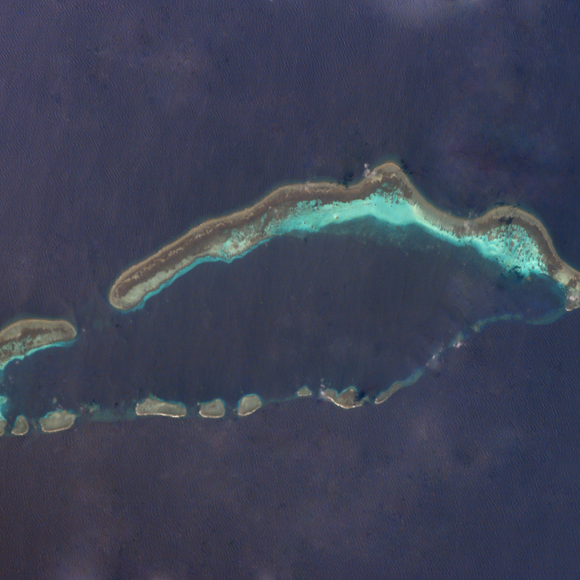


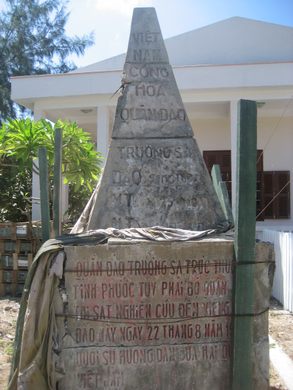
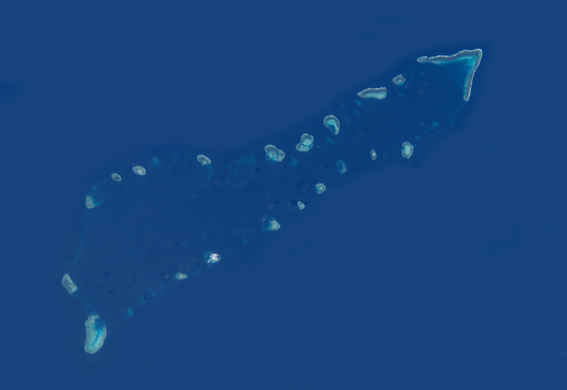
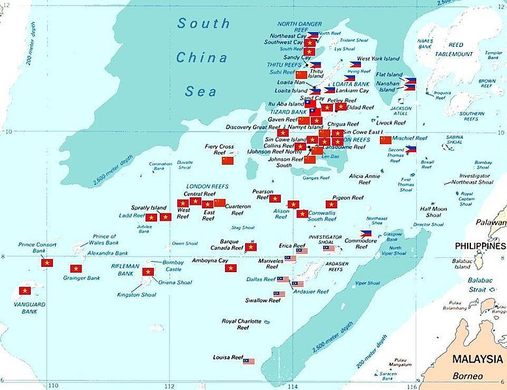








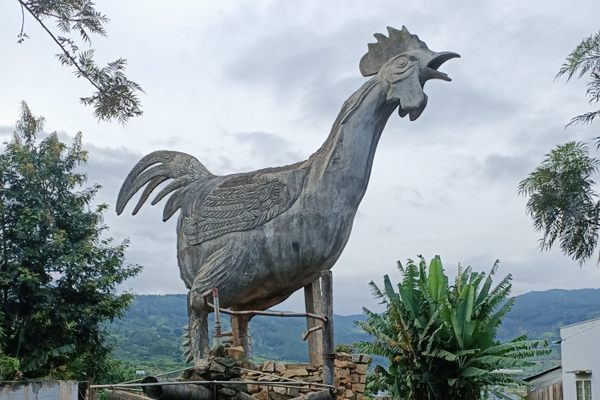
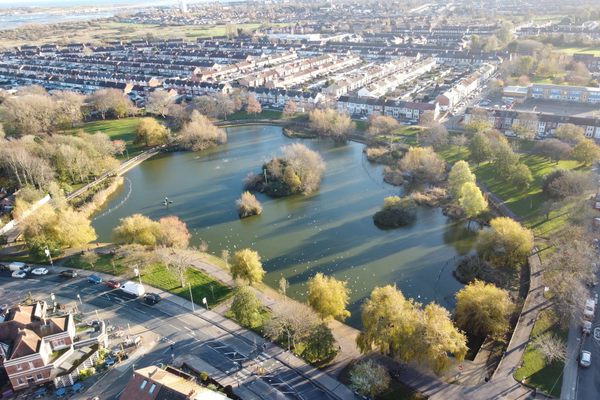



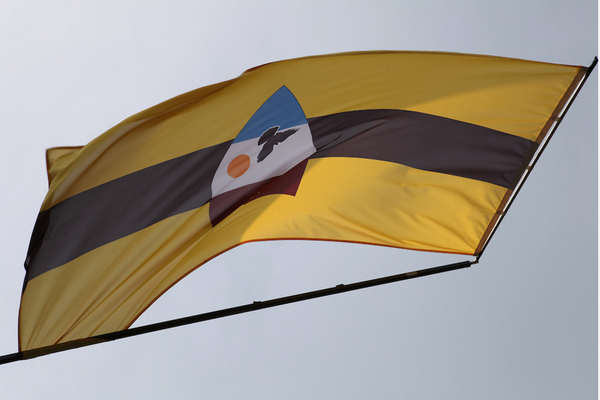

Follow us on Twitter to get the latest on the world's hidden wonders.
Like us on Facebook to get the latest on the world's hidden wonders.
Follow us on Twitter Like us on Facebook